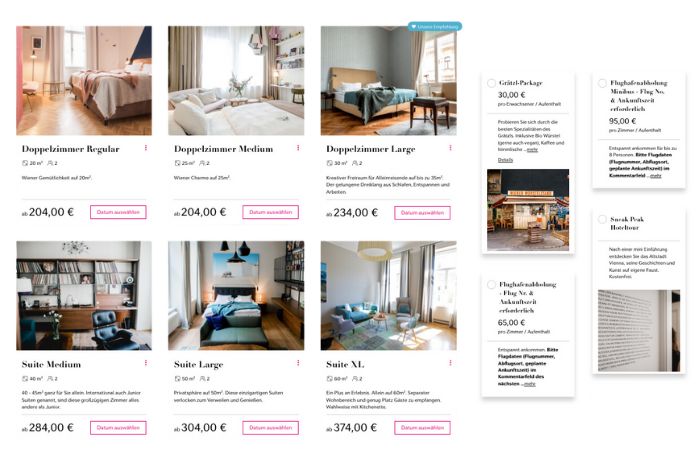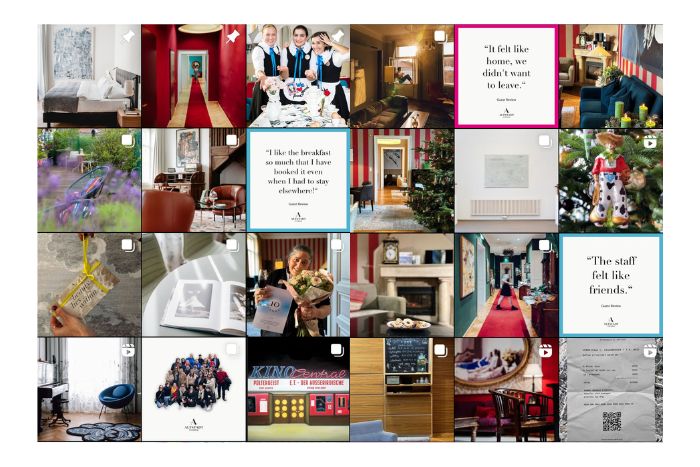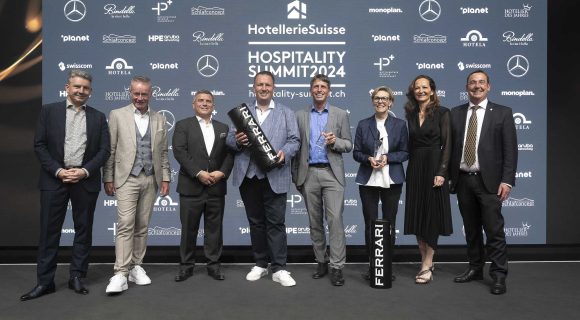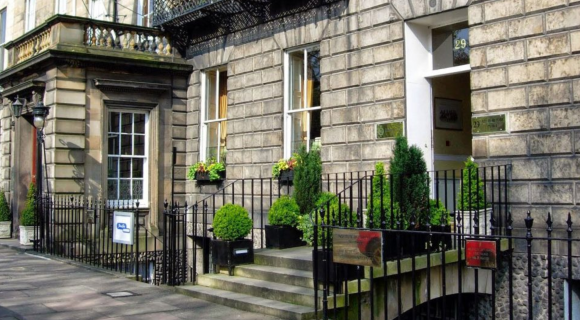
What is Content Management in Hospitality?
Content is king, from search engine optimisation to social media marketing and content management. Content management is a term you’ve probably heard before, but you may not know exactly what it means.
In this article, expert Mara de Cillia explains exactly what content management means in the hotel industry, the challenges hoteliers face, and gives tips on how you can approach it professionally.
Read on to find out:
- Definition Content Management
- The Top 4 challenges in Content Management
- Content Management, the way to go! Our practical tips for your hotel.
Definition Content Management
Content Management is the creation and management of digital content. The aim of content management is to ensure that the hotel’s presentation on the various online platforms is always consistent, appealing and informative. Good content also enables hoteliers to achieve advantages in the positioning (ranking) of their hotel on the various booking channels.
Digital content in the hotel industry therefore includes text, images, videos and other multimedia elements – in other words, all types of information that could be of interest to (potential) guests before, during and after their stay with you.
Examples of online platforms where hotels provide content include:

- The hotel’s own website: Information can be presented very freely here, e.g. the name and facilities of the rooms, a description of the hotel and restaurant, attractive photos of the rooms and public areas of the hotel, special offers, events or even tips for things to do in the area.

- Booking engines and OTAs: Content such as room rates, categories and other settings such as children’s rates and cancellation policies need to be stored and regularly updated. Larger OTAs in particular are often very restrictive about what content they allow and how it must be organised.

- Social media: The design of digital content also plays an important role on these channels, which are primarily used for hotel marketing, in order to present the hotel and its offer in a consistent way.
When we talk about content management at HotelPartner, we understand the term in terms of distribution to booking engines and OTAs. Our content management team is primarily responsible for implementing the fundamental room settings, setting rates and entering and updating amenities and images. They also receive regular internal training on best practice and stay on top of the latest OTA requirements. Once the hotel profiles are set up on the OTAs, channel management is largely automated and our portfolio managers take care of maintaining the rates and restrictions for the partner hotels.
The Top 4 Content Management Challenges
Achieving and, more importantly, maintaining a consistent look and feel for your hotel across all platforms can be time consuming. We have found that hoteliers often face these challenges when it comes to content management:
- The relationship between content and price: The words you use to describe your property and the images you use to represent your rooms have a direct impact on the price at which you can sell your rooms. Professional photos and attractive room descriptions are not only essential for a premium product, but for all accommodations.
- Keeping content consistent and optimised: Especially if you maintain your information manually and use several platforms, it can be difficult to keep track of where your content is outdated or where, for example, room categories have been renamed. This is especially disastrous as many guests only research through OTAs and then want to book directly through the hotel website. If the preferred room category does not appear on the hotel’s website under the OTA category name, this can create doubt in the minds of potential guests. Hotels therefore need to present certain crucial information in the same way and wording across different booking channels.
- Adhering to changing platform specifications: Typically, each booking platform / OTA has its own specifications and best practices on how you must enter your content. Booking.com, for example, only allows a certain range of amenity descriptions. However, these platform-specific specifications (e.g. ideal image resolution, possible equipment descriptions, etc.) often change over time, so it can be quite the challenge to keep up.
- Creating the right kind of content: We often find that hotels don’t have the right or appropriate content, such as high quality images, optimised descriptions or a comprehensive list of their amenities. This is understandable as professional photo shoots or content managers are an investment. However, based on our experience we strongly recommend working with experts in their field. Whether it be photographers with experience in hospitality who will, for instance, know exactly which angles your rooms should be photographed from or content managers who know exactly how to present your hotel best. Working with experts in their field is an investment worth making.
Content Management, the way to go! Our practical tips for your hotel.

In order to manage your content professionally and keep your content consistent, you should first think strategically about which channels you want to place your hotel on and which guest segments you want to address there. For example, if you are targeting an Asian audience, use the most popular Asian booking platforms, such as Agoda, in addition to booking.com.
Then familiarise yourself with each platform’s requirements for your content: make a list of the information they require and the options available to you. Write down these requirements for each platform, as well as your features and other content that you want to or can communicate there, in a central place, for example in a excel table. Have professional photographs taken of your rooms in the different categories and the public areas of the hotel, preferably by a photographer who specialises in hotels. We generally recommend at least four pictures per room from different angles. Take the guest’s perspective and ask yourself what is important to them. It could be the balcony, the coffee machine, the bathrobe on the bed or the bathroom fittings.
Once you have entered your content into the various booking channels, you should regularly check that it is up to date, for example by changing photos according to the season.
In summary, content management for your hotel is quite complex if done correctly. It is important to remember that content management is only one part of an optimised distribution policy. If you want to make sure that your hotel has optimised revenue management and distribution, simply contact us for a free initial consultation with our experts!
Mara De Cillia and the HotelPartner-Team






